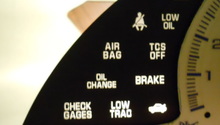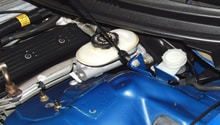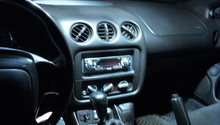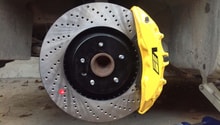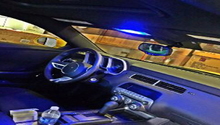Camaro and Firebird: Why is My Brake Light On?
Before you take your 4th Gen into the shop, there are a few easy things you can check before you lay out the big bucks to get it fixed. With a few tools and a want to fix it, you can check and possibly fix the issues at hand without too much of an issue.
This article applies to the Camaro and Firebird (1994-2002).
You look at your dash and realize the brake light is showing red on the dash. This leaves you to wondering what exactly could that mean. There are potentially three different brake related lights which might illuminate while operating your vehicle. Those lights are the "BRAKE," a "LOW TRAC," and an "ABS INOP." Depending on what year your 4th Gen is and what options came with, it will detail which lights may illuminate. Each light tells a different story depending on how they light up and how long they stay on. In this article you'll find some of the basic reasons why either of these three lights come on, whether you should worry about them, and some suggestions as to fixing the issue.
Usually, the LOW TRAC light only comes on if the ABS is active (if your car is even equipped with traction control). This was not a standard option for most 4th Gens. The light should go out three to four seconds after the ABS is activated. If it stays on, there is a larger issue and will probably need to be taken to the shop to get fixed.
When the ABS INOP light is on and steady, it indicates there is an issue with the ABS system. While it is on, the ABS system will not function; though, the non-ABS braking system will function to control the vehicle speed. Please see warning below if the ABS INOP light is blinking.
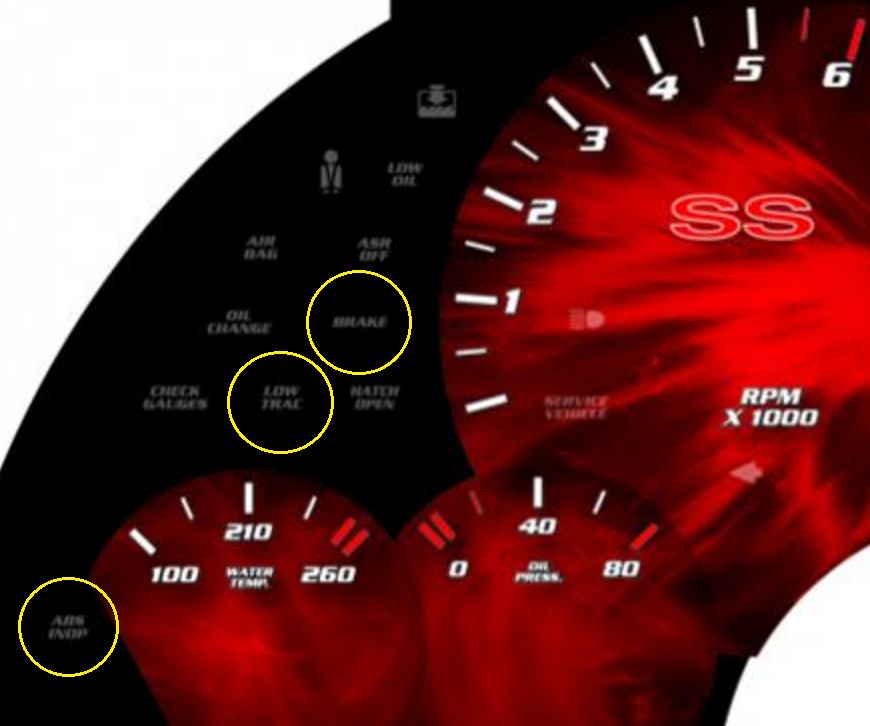
Figure 1. BRAKE, ABS INOP, and LOW TRAC light positions.

Materials Needed
- Basic tool set
- Multimeter
- Scan tool with ABS capability
Warning
The braking system may not function to stop the vehicle if the "ABS INOP" lamp is flashing. Driving with a flashing "ABS INOP" lamp can lead to an accident.
Step 1 – Read the codes
What are the codes from the car telling you?
If one of the brake lights is showing, check the codes first because this can help you to quickly diagnose and identify the problem. Some older vehicles may not have this option.
- Plug in your scan tool to the DLC connector under the dash.
- Turn ignition to the "on" position (no need to start engine).
- Select for ABS.
- Read the codes.
If your vehicle is older and this is not an option, move on to Step 2.
Step 2 – Check the (EBCM)
The electronic brake control module (EBCM) may be malfunctioning.
The EBCM takes the inputs from the different brake sensors if working correctly. The brake light may stay illuminated if there is an issue with it.
- Turn the key to the "on" position (no need to start).
- Unplug the EBCM, which is located under the driver's side kick panel, connector C1.
- If the light stays on, the ECBM is bad and will need to be replaced.

Step 3 – Check the parking brake switch
There may be a problem with the parking brake switch.
There is a switch that is located under the center console which may be at fault.
- Before you even get started, check to ensure the parking brake handle is in the completely lowered position.
- Remove the center console.
- Turn the key to the "on" position.
- Disconnect the parking brake switch (Figure 3).
- If the light goes out, the switch is bad and needs replaced.
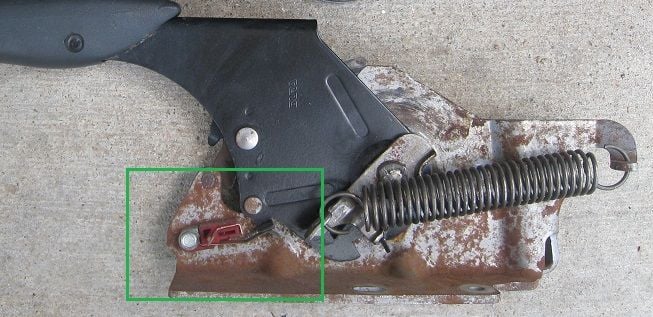
If the light doesn't go off, move onto Step 4.
Step 4 – Check brake fluid level
The fluid level in the master cylinder may be low or the level sensor may be malfunctioning.
4th Gens have a brake fluid sensor which will cause the brake light to illuminate if the level is too low. It may also come on if the sensor is bad.
- Lift vehicle hood and check fluid level.
- If fluid level is good, pull the connector to the level indicator.
- Using your multimeter, check the continuity of the sensor.
- If there's no continuity at the switch, replacement will be necessary.
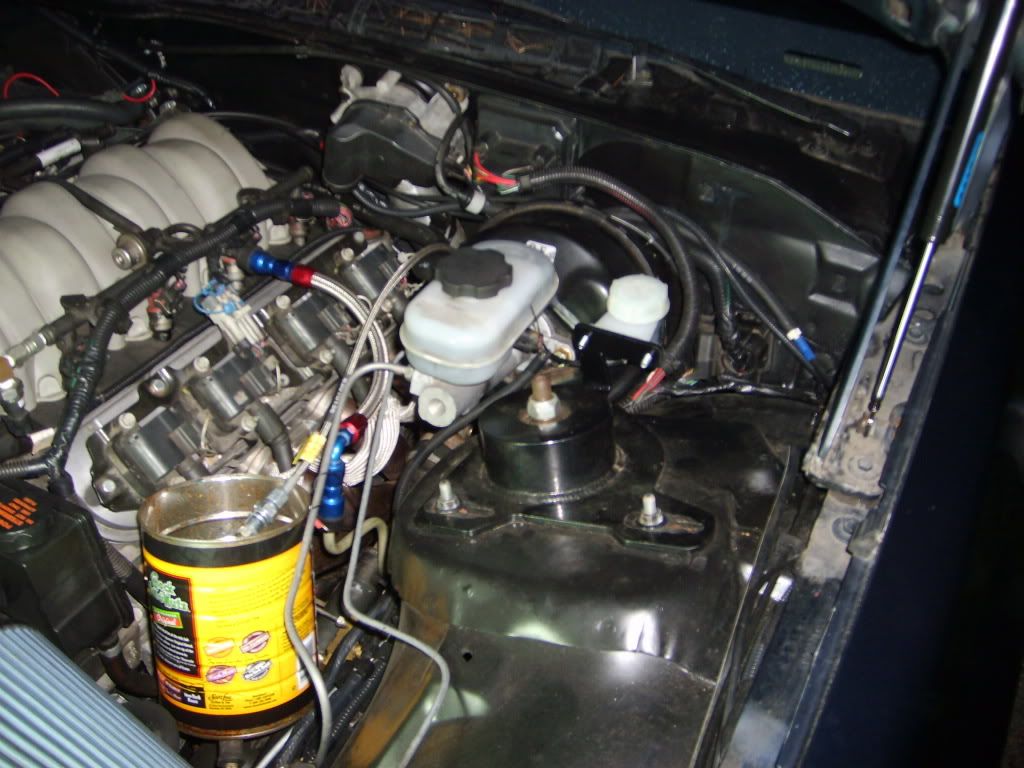
If the fluid level and sensor appear good, move on to Step 5.
Step 5 – Stuck brake caliper
A stuck brake caliper will trigger the light to stay on.
If the EBCM detects that one of the brake calipers is stuck, the brake light can stay illuminated. This is harder to detect, as only a visual inspection is possible and may not be conclusive.
- A stuck front caliper would be indicated by the car pulling severely during braking. If this is happening, it would be the brake caliper to opposite side it is pulling. If no severe pulling is observed, the rear calipers can be at fault.
- Check each back brake rotor to ensure surfaces are shiny. If any rotor does not look equally shiny, the dull/rusted rotor could have a bad brake caliper.
- If bad, replacement or rebuild of the caliper will solve the issue.
Related Discussions
- Brake Warning Light - LS1Tech.com
- Brake Light - LS1Tech.com
- BRAKE Warning Light Issue - LS1Tech.com
- 95 LT1 Brake Light on Dash Lit? - LS1Tech.com

